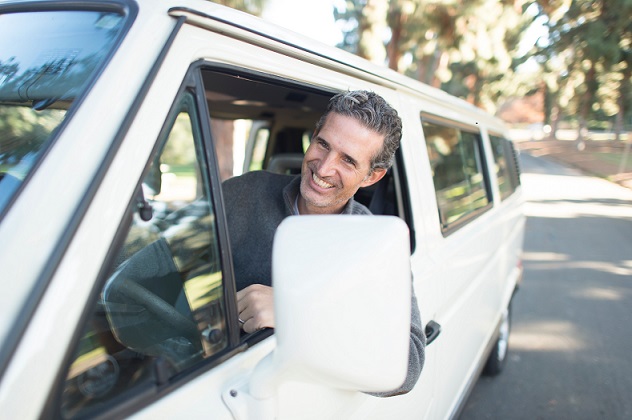Potential Impact of Self-Driving Cars on People with Disabilities
Self-driving cars are all the rage these days. Whether it’s personal injury attorneys talking about their current potential to crash or car and tech fanatics falling in love with new features, everyone’s lips are abuzz with what this industry might bring next.
One lesser-known impact is how these cars affect individuals with disabilities. It’s a conversation few people are having, but one that’s worth looking at. Here’s the potential impact that self-driving cars could have on people with disabilities.
Modern Transit Issues
The Americans with Disabilities Act of 1990 requires all public transportation agencies to provide their services to individuals with physical, visual, and mental conditions. These types of transports are known as paratransit, and often run as a taxi-type service with extra help for riders.
Riders must make reservations in advance for trips to the grocery store, medical appointments, and more. Vehicles in paratransit are wheelchair accessible and feature drivers who are experienced in aiding those with disabilities.
There are three issues with paratransit, however. The first is that costs nearly four times as much as mass and public transit options for the non-disabled. That cost creates the second issue, which is a severe lack of funding from federal, state, and local organizations. The third issue is that, to lower the cost, localities have severely limited where paratransit is available.
A lack of available transportation, especially for those with disabilities that impair their ability to drive, creates a slew of issues. Disabled individuals have difficulty getting groceries, getting the healthcare they need, and often lose their jobs when they can’t make it to work.
Solving the Problem
Self-driving cars could be the solution to the paratransit problem. Texas’ A&M campus is currently testing an autonomous shuttle while envisioning new technology that would replace paratransit and be more efficient.
These shuttles would connect to an app where users create profiles that detail the type of assistance they require and what communication preferences they have. When a rider request is generated, an appropriate vehicle with equipment to meet the rider’s needs would be dispatched. Equipment could range from a wheelchair ramp to extra room for a service dog or language services.
The trick to making this system work is the autonomy of the shuttles themselves. Just like any other truly self-driving car, these vehicles would implement scanning equipment to map the surrounding area and integrate into traffic. However, fully autonomous self-driving cars aren’t on the road just yet.
The technology required to make these shuttles is in the works, but it doesn’t satisfy safety standards at the moment. Facial scanners to verify riders, app connectivity, and equipment to help those with disabilities all exist in fully functional forms. What’s holding this aid back is the ability for a car to drive itself without the assistance of a driver.
On the bright side, the world of self-driving cars is rapidly advancing. These vehicles get closer to full autonomy by the day thanks to some of the country’s brightest minds. With fleets of unmanned shuttles, the issues in paratransit that arise from cost would be a thing of the past. Money would be saved on personnel, vehicle maintenance, and fuel, making it easier for the disabled to go about their day.



